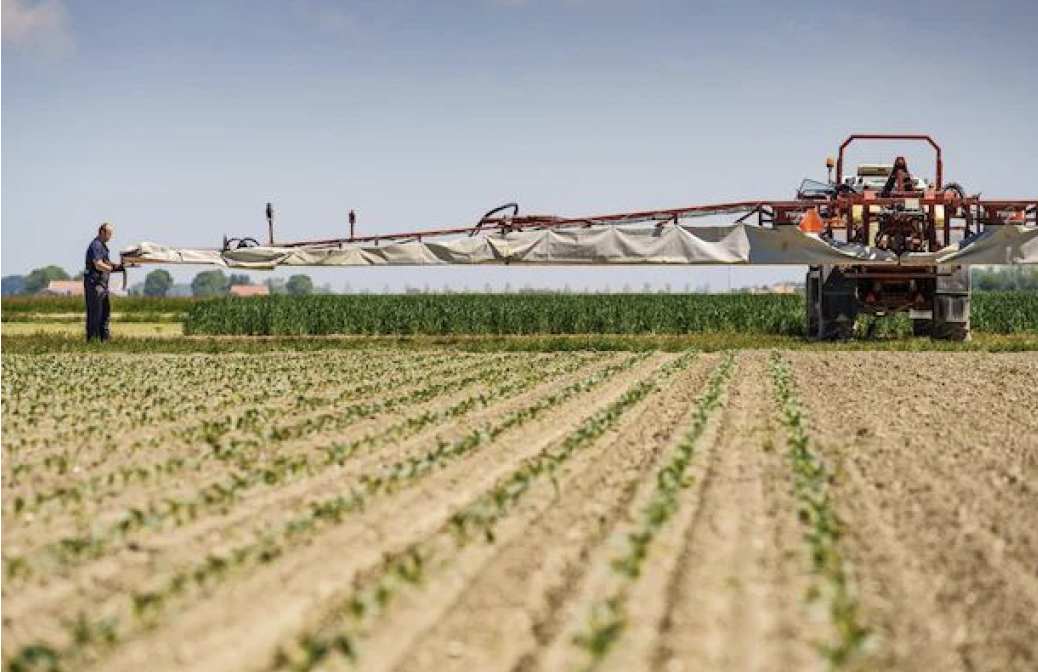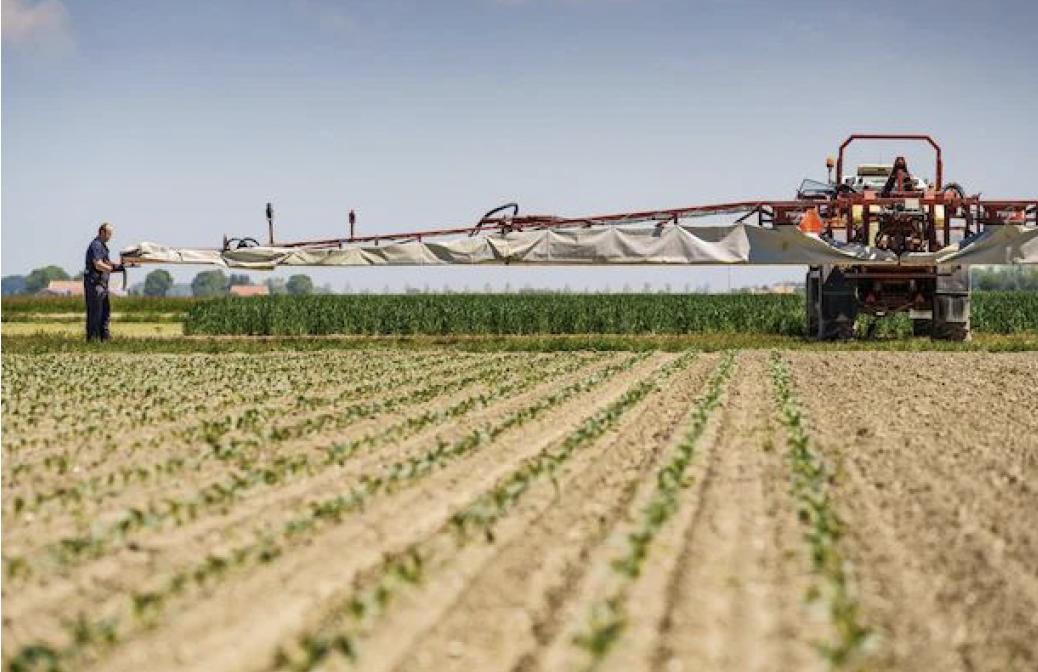2024
climate change mitigation
peer-to-peer learning
farm demonstration

The engagement and adoption of innovative, environmentally sustainable farming practices by farmers, which reduce greenhouse gas (GHG) emissions, are seen as key drivers in accelerating the agricultural sector's adaptation to climate change.
Moreover, peer-to-peer actions and demonstrations of innovative solutions are highly effective in supporting green transition pathways, as they raise awareness of potential benefits, foster a sense of contribution to the broader ecological transformation, encourage emulation, and reduce resistance to change.

Source: Netherlands Enterprise Agency
In fact, the EC supports EU R&I projects that include demonstration farms pilots and networks aiming at disseminating climate change adaptation conducive practices.
The CAP Strategic Plan (SP) of the Netherlands strongly supports farmers that contribute to the transition to sustainable agriculture, by tailored solutions at territorial level. Consistently, AKIS-related interventions are well organized to pursue this strategic objective, in view enable increasing a major consciousness on climate change mitigation and environmental care practices, through boosting a grassroot transition to a more sustainable agriculture. For example, demonstration projects of farmers and other enterprises having sustainable agricultural business aimed at sharing and transferring knowledge on environmentally friendly agriculture with less emissions and more biodiversity are specifically subsidized.
The farms and other agricultural enterprises can apply to call on subsidies for demonstration projects launched by the Managing Authority of the CAP SP 2023-2027.
Demonstration projects can be candidate by an individual or collaborative application and the activities must target farms.
The selection is due to the inclusion of knowledge exchange and transfer actions to farms on at least 5 of the environmentally friendly practices listed by the call (box 1).
Among the others, possible commercial conflict of interest on the demonstration activities is avoided by the exclusion of companies/affiliated with companies that sell crop protection products, animal feed, agricultural machinery products or fertilizers.
Box 1: Sustainable agriculture related topics of demonstration projects
- Lower nitrogen emissions (mandatory subject).
- Lower use of crop protection products and the use of integrated crop protection.
- Lower greenhouse gas emissions.
- Lower emissions of nitrate and other fertilizers.
- Increase biodiversity.
- Strengthen sustainable soil management.
- Increased reuse of animal feed (circularity).
- Improve animal welfare and animal health.
Box 2: Key contents of the demonstration project plan
- Demonstration activities by topic and date.
- Budget, by detailing cost efficiency justification.
- Costs calculation and reporting method (actual costs/SCO).
- Qualified and skilled trainers, to check based on CVs or other documents.
- Cooperation agreement, in case of collective action, including details of the project activities and budget allocations by each partner.
A minimum and a maximum budget by projects and by farmers are established and the subsidy percentage is of 100% so that all eligible costs are reimbursed based on actual costs or on simplified cost options (SCO).
The reimbursement is due to the approval of the application, intermediary, based on partial documented achievements, and final payment.
Call for applications for demonstration projects